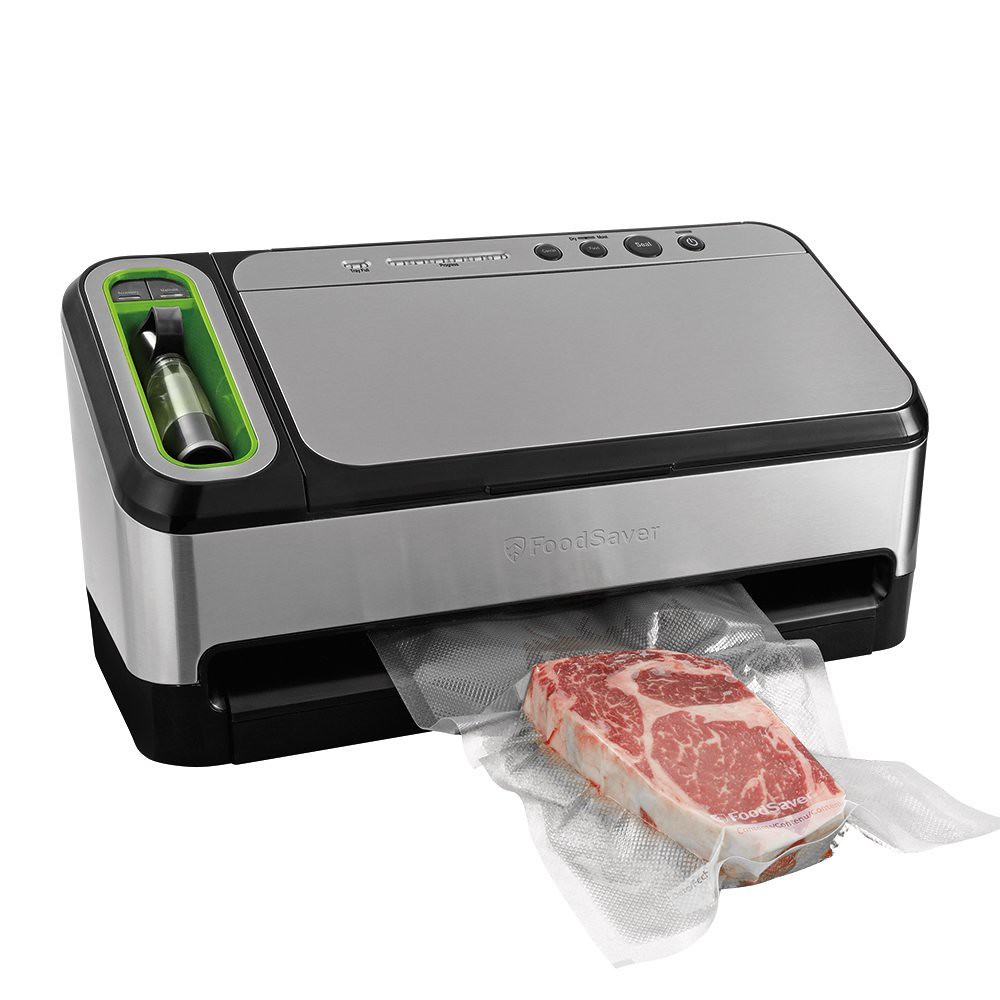A common technique for preserving food is vacuum sealing, which involves taking the air out of a bag or container before closing it to increase the food’s shelf life. The question of whether vacuum sealed bags may be microwaved safely is raised by this procedure, which can help preserve food fresher for longer and decrease waste.
The simple answer is no, microwave-ing vacuum-sealed bags is not advised. The bag’s airtight closure retains steam, which might lead to the bag expanding or even bursting as a result. This might be harmful since the hot vapor could burn you or harm your microwave.
Additionally, since most of the oxygen in the bag is removed during the vacuum sealing process, food may dry up or lose flavor. Meals prepared in this manner may not taste as well as food prepared in the conventional manner.
There are a few choices that can help you reheat vacuum-sealed food safely and without compromising quality. The meal may be reheated in a microwave-safe container after being taken out of the vacuum sealed bag, which is one of the most efficient methods.
The meal won’t dry out or lose flavor as a result of the steam being able to leave. Make careful to pierce a few holes in the food packing before reheating to let steam out and avoid the package from exploding.
The food can also be placed on a plate or container before warming by carefully opening the vacuum-sealed bag. This will enable even reheating of the dish. The greatest approach to keep your food’s flavor and texture is to do it this way.
Another thing to keep in mind is that it’s ideal to reheat vacuum-sealed food as soon as you can since the longer the food stays in the vacuum-sealed bag, the more likely it is that the quality and taste will suffer.

Can You Reheat Vacuum Seal Bags In Boiling Water?
The majority of vacuum sealed bags are plastic, and they are often not meant to resist temperatures exceeding boiling (100C or 212F). Vacuum-sealed bags may melt, burst, or even leak potentially dangerous chemicals into the food if they are placed in boiling water. As a result, the food inside the bag will become contaminated and can be unsafe to eat.
It’s also crucial to note that using boiling water to cook food in a vacuum-sealed bag is not advised since it might result in uneven cooking and dry up the food. Additionally, the pasteurization process is not replaced by vacuum sealing.
Sous-vide cooking is a method that is similar to cooking food in vacuum-sealed bags, but it uses specialized tools, including a water bath, at lower temperatures. The practice of cooking food in vacuum-sealed bags is secure and advised.
It’s crucial to utilize vacuum sealed bags made exclusively for cooking with hot water or sous vide. The materials used to make these bags are heat-resistant, able to tolerate greater temperatures without melting or releasing hazardous compounds into the food. However, it is best to thoroughly verify the bag’s specifications to make sure that using it in boiling water is safe.

Can You Defrost Vacuum Sealed Meat In Microwave?
Vacuum-sealed meat can be defrosted in the microwave, however this approach is not advised since it might be inconsistent and result in uneven thawing or partly cooked regions. Additionally, improper thawing of the meat might allow germs to develop, making it dangerous to consume.
The refrigerator is one of the safest places to thaw meat that has been vacuum packed. letting it thaw evenly and gradually. Depending on the size and thickness of the meat, this process might take anywhere from a few hours to a whole day. A leak-proof container must be used to thaw the meat in order to avoid contaminating other foods in the refrigerator.
Cold water can also be used to thaw meat that has been vacuum-sealed. Submerge the sealed bag in cold water after placing it in a leak-proof bag. To keep the water cold and ensure that the meat defrosts uniformly, change the water every 30 minutes. This procedure, which typically takes an hour or two, depending on the quantity and thickness of the meat, is quicker than refrigeration.
Vacuum-sealed meat can be quickly defrosted in the microwave if you must, but in order to maintain safety, the meat must be cooked right away. It is not advised to microwave thaw meat that will be cooked rare or medium rare since it may slightly cook the surface of the meat.
The manufacturer’s advice on thawing should always be checked on the packaging and label because it may vary from product to product. Always following the recommendations for food safety when handling and cooking meat is the safest course of action.
Relevant Articles
Why Do Some Coffee Cups Get Hot In The Microwave?
Is It Safe To Heat Olive Oil In The Microwave?

Comments are closed